5 easy to grow plants
Grow them at your home and enjoy the nature
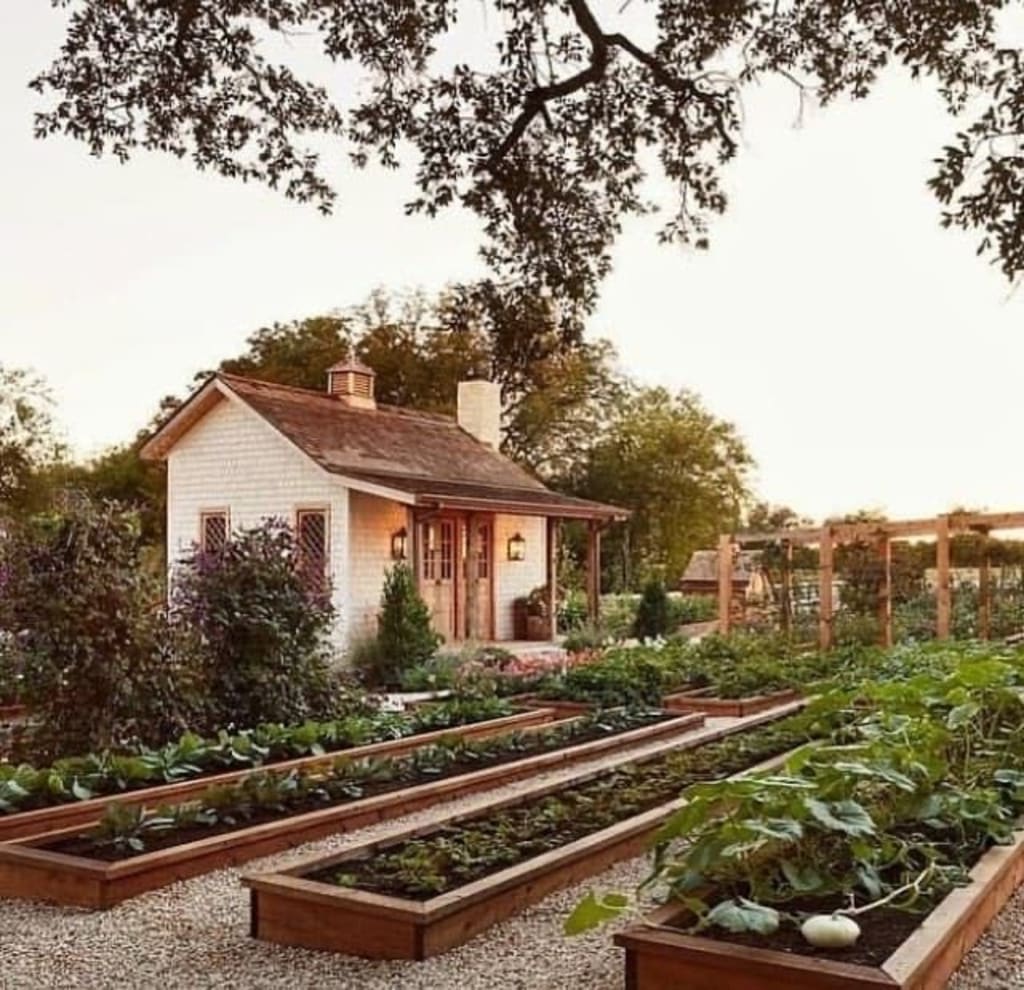
Growing a garden leads to more than just delicious and nutritious treats. Growing your own plants, whether for eating them or just admiring their beauty, is good for your general well-being. Working with your plants stimulates physical health, as it is a great way to exercise, and spending time in nature reduces stress. Consuming more fresh fruits and vegetables is one of the most valuable things you can do to keep up healthy.If you want to cultivate plants at home, continue reading this blog.
PANSIES
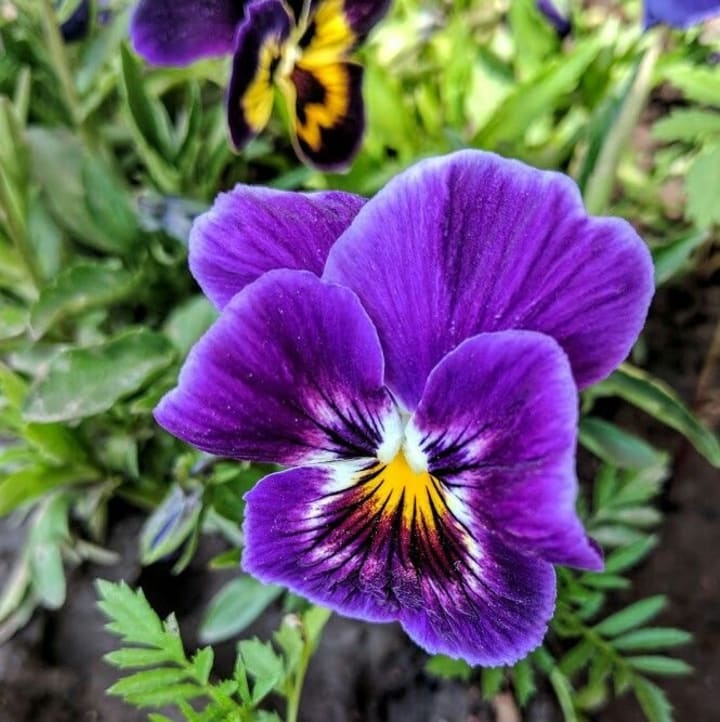
These wildflowers from Europe and West Asia are also known by the name Heartsease. There are over 300 varieties of pansies, several of which have been specifically designed for very hot or cold environments. The ideal time to plant pansies is when the soil temperature is around 50° to 60°F in August in the northern parts of the country to October in the south, but you can also set yours out in the early spring. You can purchase fully grown plants from most garden stores and place them directly in the soil. If you plan to grow from seeds, place them in a damp soil 7 to 12 inches apart. Water the soil afterwards.
TOMATOES
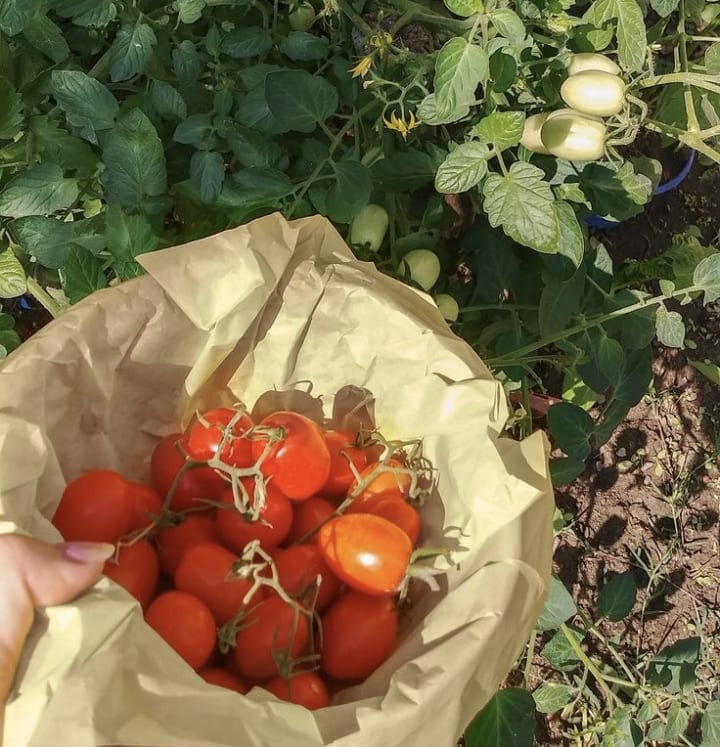
Tomatoes are one of the most common plants in gardens across America. Germinating tomato plants need a constant soil temperature of 65 to 80°F, and seeds should be planted six to eight weeks prior to the last scheduled frost date in your area. You'll probably have to start indoors or buy completely grown tomato plants from your local garden center. First, you need a container. Plastic or Styrofoam cups work well; make a few small holes in the bottom of each for drainage and fill the containers with a good potting mixture. Next, place the seeds approximately one-quarter of an inch below the surface. Water the dirt to make it moist, and retain a regular 70° to 80°F room temperature, and within 10 days, the little plants will grow. They'll need plenty of sunlight. As soon as the plants grow four leaves each, moving them in bigger containers with a height of 4 to 6 inches will be perfect. Find a nice, sunny section of your garden outside. Put your plant where it receives most of the sunshine.
BASIL
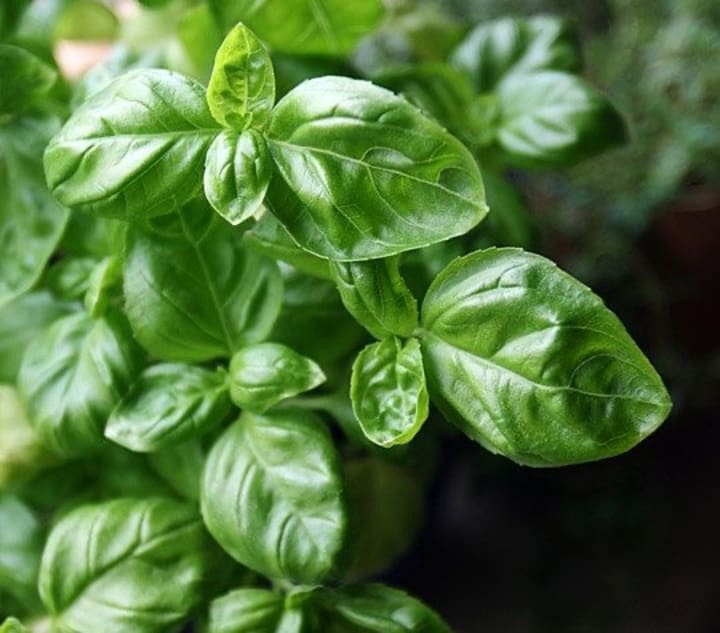
The basil grown in the garden requires plenty of sun and should be arranged accordingly. Plant the seeds at least 12 inches apart six weeks prior to the final frost. Water them lightly whenever the soil feels dry and you’ll have a healthy plant that will keep giving you delicious leaves all summer long.
MINT
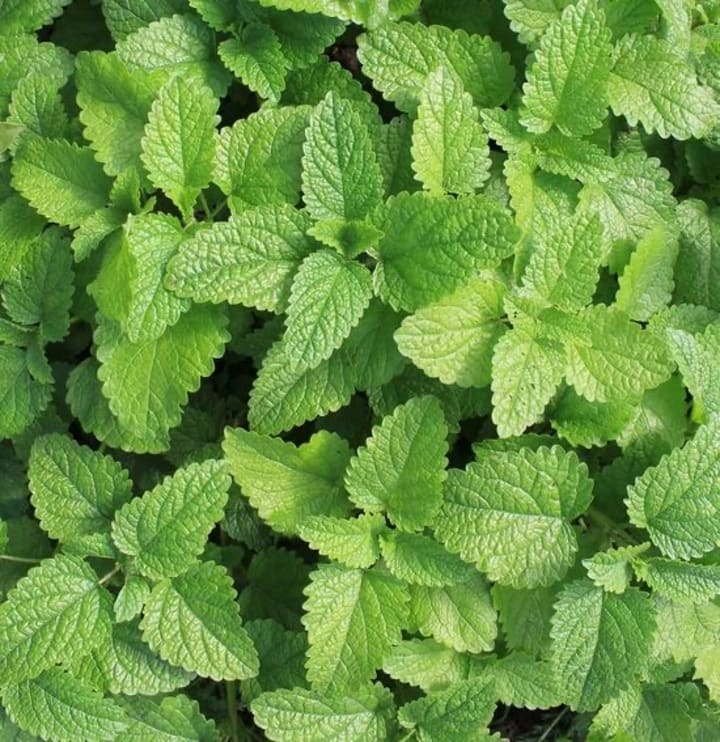
Mint, also an essential plant, is ridiculously easy to grow. Actually, mint does so well outside that the greatest challenge associated with it prevents the plant from taking on your entire garden. But before we get into that, let’s talk logistics. Mint needs damp soil with good drainage, and it tends to do best when kept in an area that receives a moderate amount of shade during the day.
SUNFLOWERS
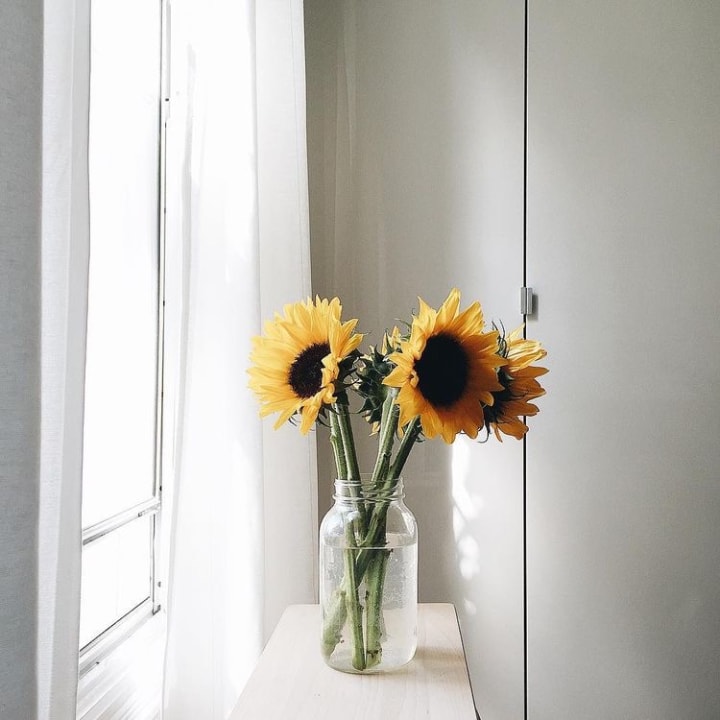
As its name indicates, these flowers require direct and unfettered light. Plant yours out in the open, and be sure to keep them a fair distance away from any other plants you might be cultivating, as a row of tall sunflowers can throw unwanted shade onto neighboring veggies. To begin, wait until the last frost date has passed in the spring, then plant your seeds in 1 inch holes. For best results, space them at least 6 inches apart or, if you are dealing with a larger species, increase that figure to 24 inches. Irrigate well after planting.
Enjoyed the story? Support the Creator.
Subscribe for free to receive all their stories in your feed. You could also pledge your support or give them a one-off tip, letting them know you appreciate their work.






Comments
There are no comments for this story
Be the first to respond and start the conversation.